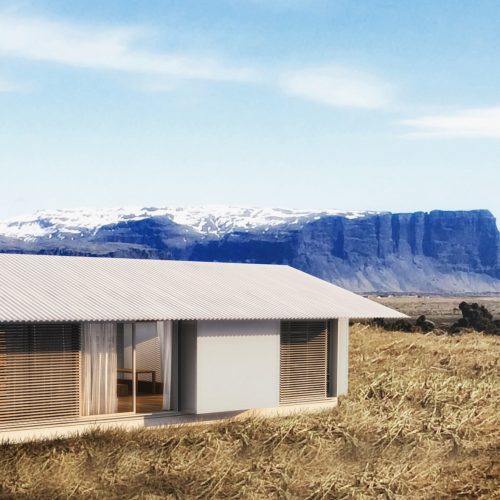Prefabrication of homes may no longer be a fresh concept in the market, but a designer prefab community definitely is.
With the real estate sector now experiencing a momentous resurgence, the prefab industry is now in a robust state. In fact, Peter Newman, Professor of Sustainability at Curtin University described prefabrication as “the next generation housing” and a game changer. And it won’t be long before designer prefab communities follow the trend.
There’s no wonder why property developers have been eyeing prefab housing given the bright opportunities reflected by promising sales figures. In fact, up to 112,000 units are estimated to be shipped by 2018 in the United States alone (Proud Green Home), while global shipment is expected to reach 1.1 million units by 2020 due to the market’s growing interest and demand (Global Industry Analysts, Inc.).
With the popularity of various types of prefab housing available to homebuyers, prefab construction will continue to be a big hit to the market. A research by business insurance firm Hiscox concluded that the next 10 years will be a breakthrough of prefab homes in the industry (Hiscox).
These rosy outlook for prefab development is anchored on various factors, including:
- A progressive global economy due to business expansions and the need to accommodate a growing workforce.
- Affordable residential spaces for middle-class families.
- The increasing interest of homebuyers for exclusively-designed homes, paving the way for designer prefab homes to become the newest big thing.

Designer Prefab Communities: A Game Changer in Property Development
Designer prefab communities are slowly revolutionizing the property market—one designer property at a time.
The prefabrication process has set the bar high for sustainable and quality living. The success of prefab homes and communities are a strong model and reference for property developers, land owners, and buyers who are on the lookout for advanced architectural development.
In contrast to the traditional ‘brick and mortar’ on-site construction of houses, designer prefab communities prioritize these benefits:
- Committing to a sustainable construction process.
- The immediacy of the process, in which you can have your home installed within 90 days or so.
- Implementing only the best quality of materials to produce authentic and ideal results.
- Off-site construction decreases community disruption and energy consumption, as most major construction pieces are done at a designated factory.
Furthermore, designer prefab communities are visualized and conceived in a different and unique way. Prefab producers like Revolution Precrafted are taking property development to a whole new level by partnering with global design leaders who are more than willing to share their creative expertise through a set of exceptional and covetable homes.
This enables property developers to show their homebuyers a collection of designer prefab homes from which they can choose. For instance, prospective homebuyers or residents can pick from prefab homes designed by Tom Dixon, J. Mayer H., Marcel Wanders or Fernando Romero.
After which, the chosen designs will be produced, shipped and integrated into the village or community development according to demand. This easy and innovative process allows property developers to spend less amount in capital expenditure and offer exceptional housing projects.
Given these construction advantages, as well as buyer and developer convenience, there is no denying that designer prefab communities are a strong competitive element in the property industry.

How Designer Prefab Communities Change the Game
By implementing modern technology, prefab manufacturing is changing trends. And through various housing methods and forms as well as partnering with celebrated names in the industry, designer prefab communities create a revolutionary concept that offers the market a new face of prefab development.
Homeowners obtain a masterpiece of their chosen designer through an exclusively designed home, produced with their needs and discerning interests in mind. At the same time, developers and landowners support the goal of providing a better community standard that is worth living in.




